One of the most highly debated, technology-related topics within various education circles is about the age at which it is okay to begin introducing technology into student learning experiences. We know that today's students have grown up with technology, and plenty of those kids spend countless hours playing games or streaming video content on a shared device. Some think this is stunting their development while others say the stimulation is beneficial. While there is truth to each of these, it’s the educational games and challenges that are most valuable for children. There are right ways and wrong ways to introduce kids to technology, including foregoing tablets for more tactile options, which are great for engaging kids at these young ages and for stimulating their creativity with active experiences.
EdTech Tools Help with More than Engagement
A large part of education, as we all know and may sometimes prefer to avoid, is testing. Education leaders, however, often require that students take tests in order to pass classes or move to the next grade level. We all know that—and it’s been that way for a very long time. Testing, however, while required, is not the same as assessment. Sometimes, formative assessments and the unique abilities that a teacher can recognize within each student will carry much more weight. Using certain tech tools, educators can design formative assessment activities to measure much more than intellectual ability. The skills students could gain in this process include their ability to effectively problem solve, collaborate, and maximize their resources.
Finding the right technology.
The thing is that, in typical early childhood classrooms, there is not usually a lot of technology for teachers and students. They tend to assume that kids should not be using technology at that age, but there actually are educational tools specifically for preschool and kindergarten children. Over 80 percent of ECE teachers have tried technology in their classrooms and, as long as they’re using beneficial tools, this is encouraging. In a lot of instances, we see children playing digital games for hours at a time. Some of them can certainly help them develop key skills but others, of course, are a waste of time. With hands-on tools like beginner-level robotics devices, for example, they can actually begin developing STEM skills while they play.
Learning more than technology skills.
Using hands-on STEAM solutions, like the Cubetto Robot, teachers could also begin to conduct their own assessments of students. These include whether they can get the devices powered on, if they can use it to solve a problem, or if they can they construct something meaningful with it. Each of these are indicators of how their minds are working and whether they are truly engaged. When they have an idea of how students should be developing and the skills they can learn by using technology, it is easier for teachers to see their progress. So, it is not terrible if young kids are playing games on a tablet (as long as they are educational). But, overall, we feel that tactile experiences will help them progress more effectively—and more quickly.
Why Early Education is So Important
Topics like robotics or artificial intelligence are often focal points in the discussions about what this future workforce may entail. That workforce is the one today’s EarlyEd students will someday enter and, although these kids are only five or six years old right now, they still need to prepare eventually. Teachers often leave one eye on the future while they teach some of those more traditional concepts in new ways. And, much of this stems from the fact that the world is so different than even just 10 years ago. With so much of the tech industry continuing to trend towards innovations like artificial intelligence becoming commonplace, some education experts believe one key to preparing students for tackling these challenges is beginning in early education. That means they first must create access to high-quality EarlyEd programs.
Building a strong foundation in early education.
It’s not only tech skills, however, that these students need—it’s also some of those basics, like reading and math. Kids with a solid foundation in these areas will likely be able to develop pertinent STEAM skills more easily and adapt to changing environments as well. It might seem silly but research shows that experiences in their first few years definitely impact their futures. In fact, the size of a child’s vocabulary at two years old is a legitimate predictor of their academic and behavioral performance in kindergarten. Most kids can’t fully construct sentences or speak coherently at two years old, but that doesn’t mean they aren't listening. Kids constantly listen to their parents and start to pick up on the structure of language and, of course, words.
The right types of EarlyEd experiences.
So, what does this mean? Well, basically, parents and teachers must be mindful and might even want to try talking about certain topics that will help kids learn. Another opportunity this presents has to do with digital media. We touched on young kids using tablets to play games that may or may not be educational. If done correctly, however, this can create a great advantage. At these young ages, toddlers learn from instant and recognizable feedback, which they'll often receive from touchscreen technologies. Research indicates that replacing toddler screen time with evidence-based activities rather than exclusively consuming that video content can improve development. Essentially, keep in mind that technology has some benefits if you filter out harmful experiences and focus on good ones.
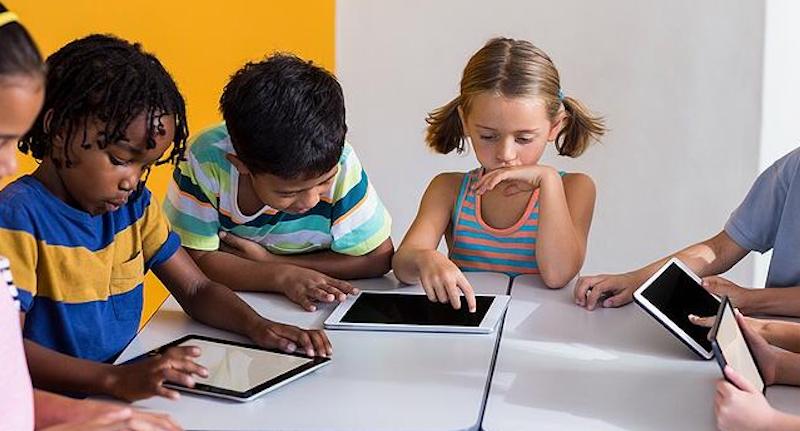
Redesigning Early Learning and Preschool Classrooms
Children learn best in any number of different ways, including throughout each school day and each school year. Even in preschool or kindergarten, teaching has evolved into more of a science and the ways in which children's minds simultaneously develop is noteworthy. There's promise as it pertains to implementing core standard practices for innovation, curricular, and classroom design. In fact, much of this relates back to the framework it sets for the subsequent years of their education. Research indicates that skills development in one domain (cognitive, social, and interpersonal, for example) can significantly impact skills development in another domain (problem solving, collaboration, or creativity, for example). It even shows that environments they’re routinely learning within can profoundly impact their academic and non-academic development.
Soft skills in early education.
In the preschool or kindergarten years, children commonly learn interpersonal skills as they’re also learning academically. ECE educators should be aware of this and try to weave opportunities for non-academic skill building into the learning activities. A child's ability to follow rules or help out a friend can indicate how they develop literacy or math skills. Creating predictable and structured classroom experiences can significantly help students bridge multiple domains and begin to develop skills that they can use in many different areas for years to come. To share one example, focusing on helping younger kids develop literacy, language, and math skills is likely to translate to stronger vocabulary and geometry skills a few years later. Essentially, the early experiences kids have often come back to them in one form or another down the road.
Shaping the EarlyEd experience.
The non-academic skills, in particular, that children do or do not develop are often as a direct result of their everyday school environment. Predictability, stability, and routines provide kids with a number of beneficial experiences both in this immediate aftermath and in the long term. The things that go into making learning environments effective include straightforward instruction, rich texts, classroom dialogue, and consistency in routines. Combining these elements in EarlyEd classrooms can help create a close-to-ideal environment for developing the most crucial skills. With teachers focusing on these outcomes, the curricula they deploy should complement these goals. Overall, the process of teaching counting, reading, and writing helps kids gain vital executive function and social-emotional skills, too.
What Early Childhood Teachers Want from EdTech Tools
You’ve probably heard many adults argue about technology in early education and how this has no place in the hands of students who are this young. Sure, they shouldn’t be overloaded with technology while they learn and they shouldn't be using mindless technology during the school day but tech tools can actually be pretty beneficial for kids—even while they are still in preschool. Not only is the belief that technology stunts intellectual development erroneous, it is often quite the opposite. In many cases, technology can play a big role in early childhood development. It's a force that helps stimulate certain parts of their brains and allows kids to make a connection between the actual piece of technology, their hands, and their mutual potential.
Technology use limits and purposeful learning.
If you're thinking about giving preschool or kindergarten kids greater access to technology, there are some things to consider. The first is that this technology has to be purposeful. It should be used to accomplish a specific goal or to develop a specific skill rather than serving as rewards or simply being used to keep kids busy. Technology, as beneficial as it is, should also have limits when it comes to using it in early education. It’s important to not overwhelm or overstimulate kids that young, so there’s no need to force technology in every lesson. In fact, about 30-60 minutes of tech use per day is a good mark in Pre-K and kindergarten.
Ideal features of early education technology.
Some other things to consider include determining if the technology is age appropriate and if it can provide room for exploration. If students are using mobile apps, for example, they will need to incorporate new and important skills and concepts. If any activity is too simple or too challenging for a child, they'll lose interest or become frustrated. On the other hand, advantageous technology systems help kids to flex their creative muscles—perhaps with the chance to paint, draw, and innovate without making a mess. Finally, all EarlyEd technologies should align to both student needs and their interests. They need to feel empowered to make mistakes without fear, receive feedback effectively, or sometimes rework their problem-solving approaches. This is what helps them to grow and continue using EdTech tools in their learning as they progress.

Introducing Kids to STEM at an Early Age
In today's college programs, education majors are doing more to prepare for teaching young students with technology. Many actually use various STEM tools to help get a better feel for instructional integration and how kids may respond. They know that preschool and kindergarten children are capable of understanding STEM concepts, but need help to start intentionally developing these important skills. Research indicates that kids can actually develop complex thinking skills before they can even speak. Evidence also suggests that play is essential for developing certain STEM skills, like curiosity, questioning, or analysis. Students are filled with curiosity and technology can help them learn a lot more through creative experiences.
Physical and digital connections in early education.
Obviously, most of the STEM experiences students have in preschool and kindergarten are made possible by their teachers. So, here are some ways in which teachers could utilize technology to provide these kids with a solid STEM foundation. First, kids should use tools with manipulative elements at least some of the time. When they can control these key elements, students can see how one action leads to a specific and desired outcome. Teachers can also have children show how simple tools work, like a chair, shelf, or door hinges, for example. This helps them see things in a different way and allows them to work on explanation skills and clarity. Also, what we'd describe as “repetitive play” is often effective. Using devices to program robots to do the same thing every time will help them understand that technology controls it.
Stimulating development in other areas.
It's also beneficial for the young students to practice different types of play—pretend play, exploratory play, guided play, or free play. These different approaches will help them explore all opportunities, recognize and obey guidelines, and stretch their creativity among other benefits. While they’re engaged in play, instructors could ask “why,” “what,” or “how” questions to better engage them and also gauge how that technology is supplementing their learning. Even introducing students to bigger words can help improve their vocabulary skills. They, of course, won’t know these meanings right away but regular exposure should help them learn more quickly. With or without technology, creating active learning experiences is crucial in early education, but tech tools can certainly help maximize engagement.
For the latest EdTech, STEM, and 21st century education news, follow us on Twitter and Instagram. Like us on Facebook, too, or sign up for our newsletter for our latest product announcements and offerings. If you have an idea for an Eduporium Weekly theme, send us a message on social media or comment below.



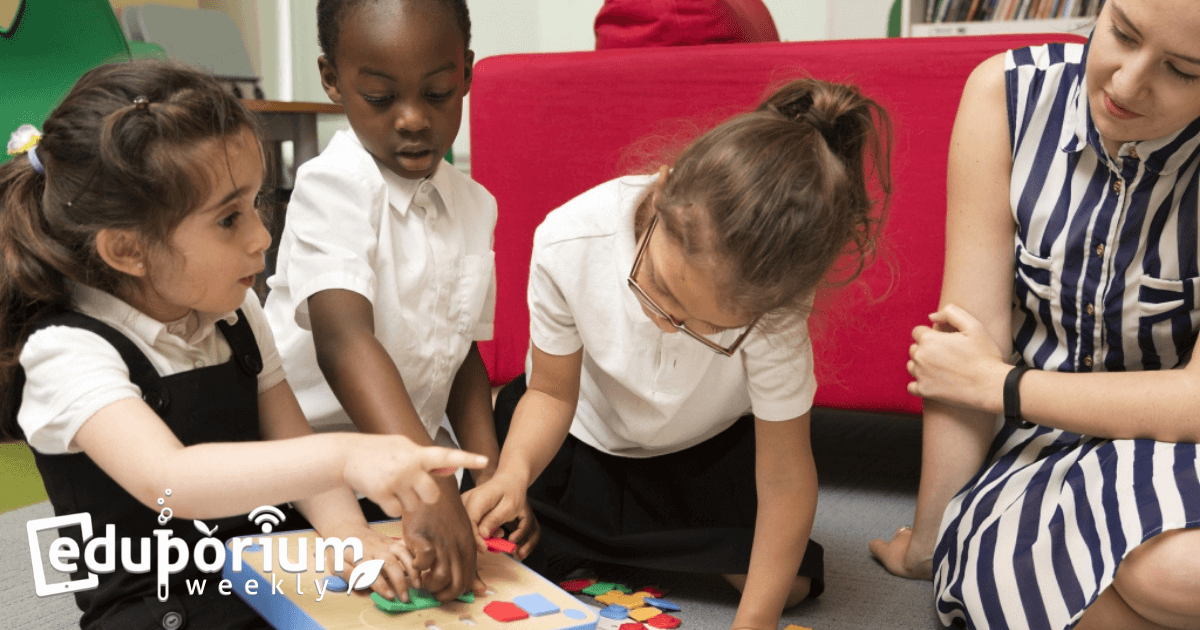
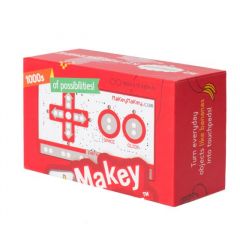
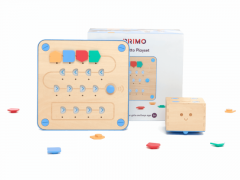

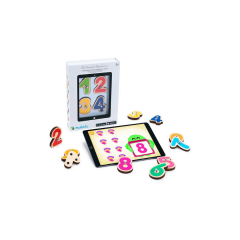
1 Comment